
AADL Talks To: Peter Yates

Peter is a professional photographer who started as a street photographer in New York and went on to work for national magazines and newspapers shortly after moving to Ann Arbor in 1969.
Peter reminisces about some of his memorable photography assignments; the restaurants and music venues he misses; the friends and colleagues who helped him; and his time working in Ann Arbor -- at Mark's Coffeehouse, the Blind Pig, and the Ann Arbor Observer.
The Sound of Ann Arbor on James' 'Cruel World'
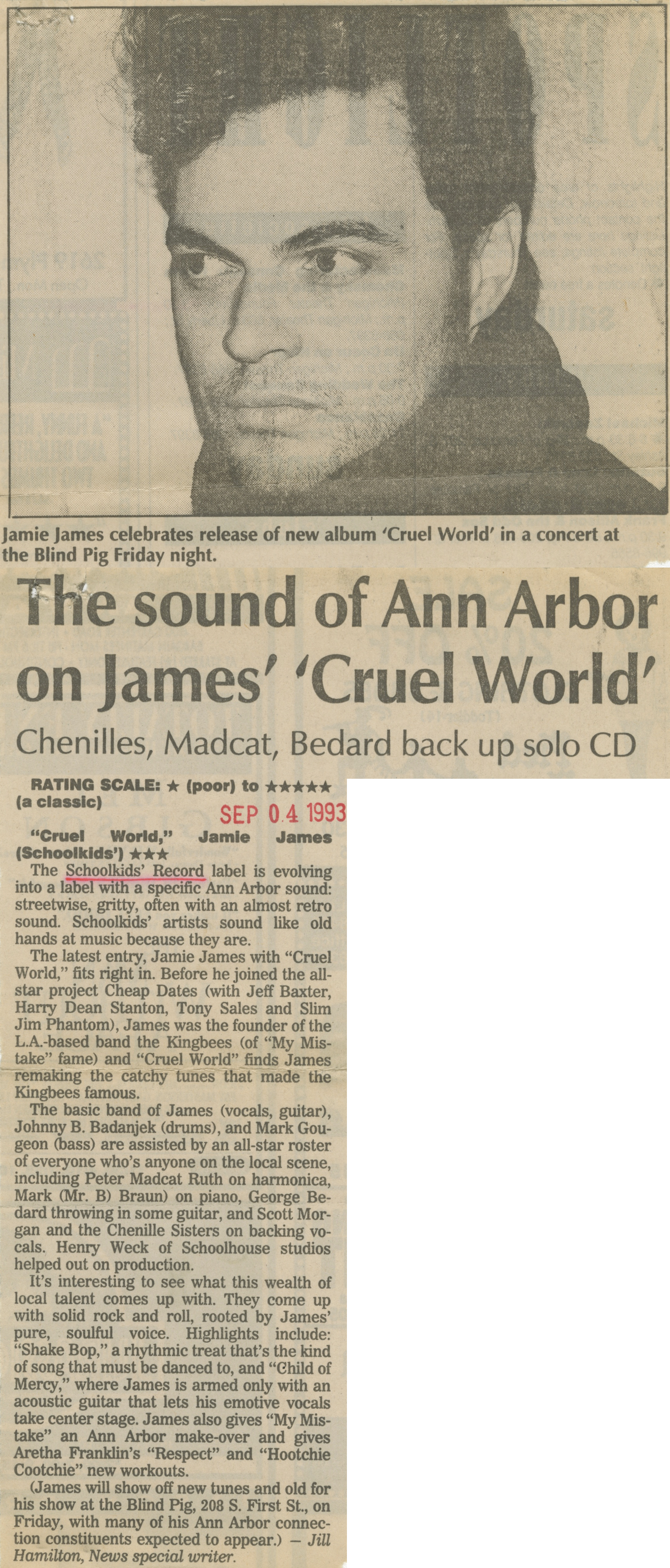
Parent Issue
Day
4
Month
September
Year
1993
Copyright
Copyright Protected
- Read more about The Sound of Ann Arbor on James' 'Cruel World'
- Log in or register to post comments
Heidi Berry Plays, Free and Otherwise

Parent Issue
Day
23
Month
September
Year
1993
Copyright
Copyright Protected
- Read more about Heidi Berry Plays, Free and Otherwise
- Log in or register to post comments
Mural, Dobeki, North Wall of the Blind Pig (and 8 Ball Saloon), 200 S First St, May 3, 2023 Photographer: Steve Jensen
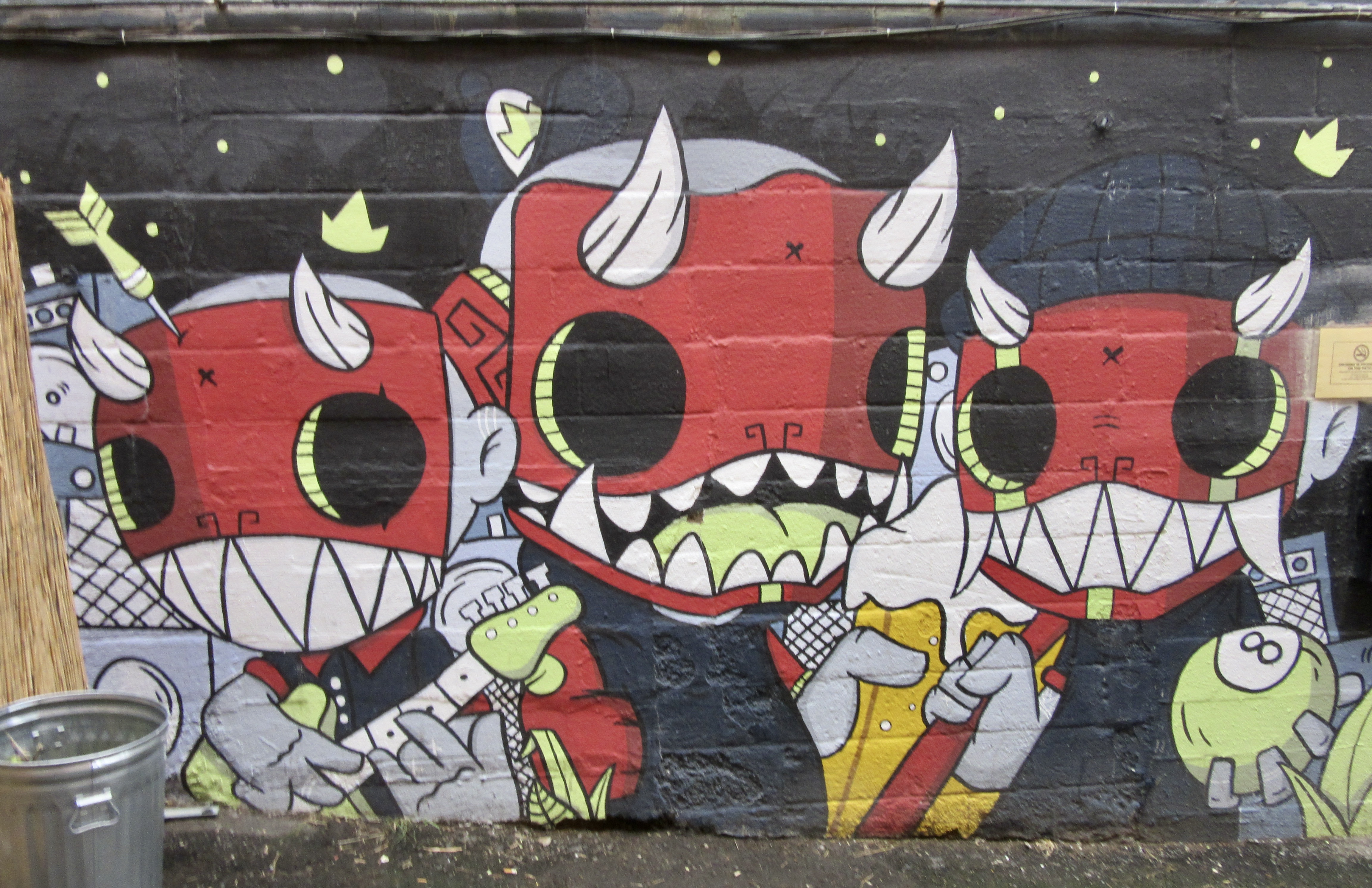
Year:
2023
Copyright
Creative Commons (Attribution, Non-Commercial, Share-alike)
Interview with Ann Arbor DJ Jim Dulzo
Parent ID
Day
12
Month
January
Year
2000
Jim Dulzo is one of Ann Arbor and Detroit’s favorite DJs. Dulzo is also a very skilled writer, and did music reviews for the Ann Arbor Sun, and many other publications.
Copyright
Creative Commons (Attribution, Non-Commercial, Share-alike)
Mural, North Wall of the Blind Pig (and 8 Ball Saloon), 200 S First St, October 3, 2020 Photographer: Steve Jensen
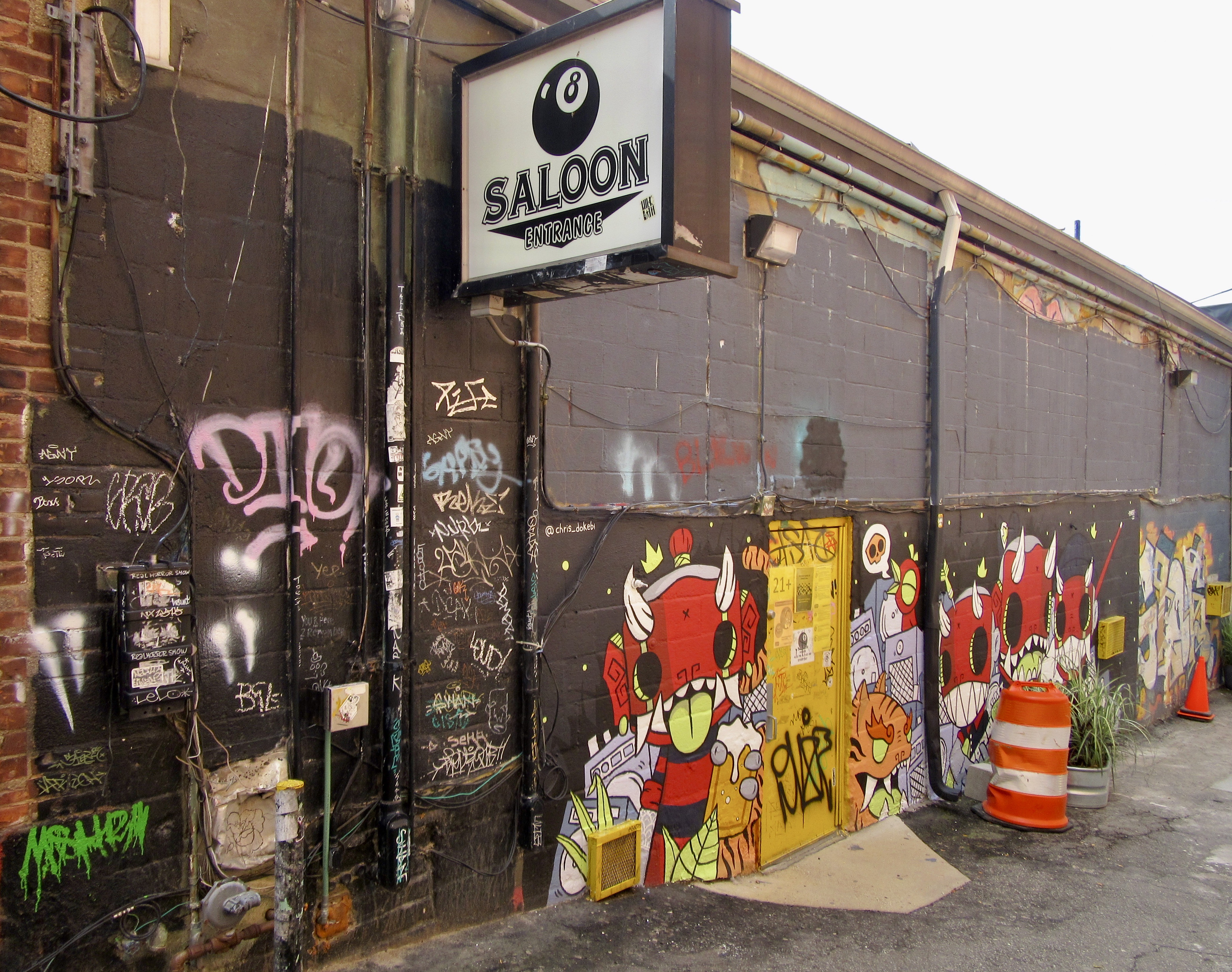
Year:
2020
Copyright
Creative Commons (Attribution, Non-Commercial, Share-alike)
Mural, North Wall of the Blind Pig (and 8 Ball Saloon), 200 S First St, October 3, 2020 Photographer: Steve Jensen
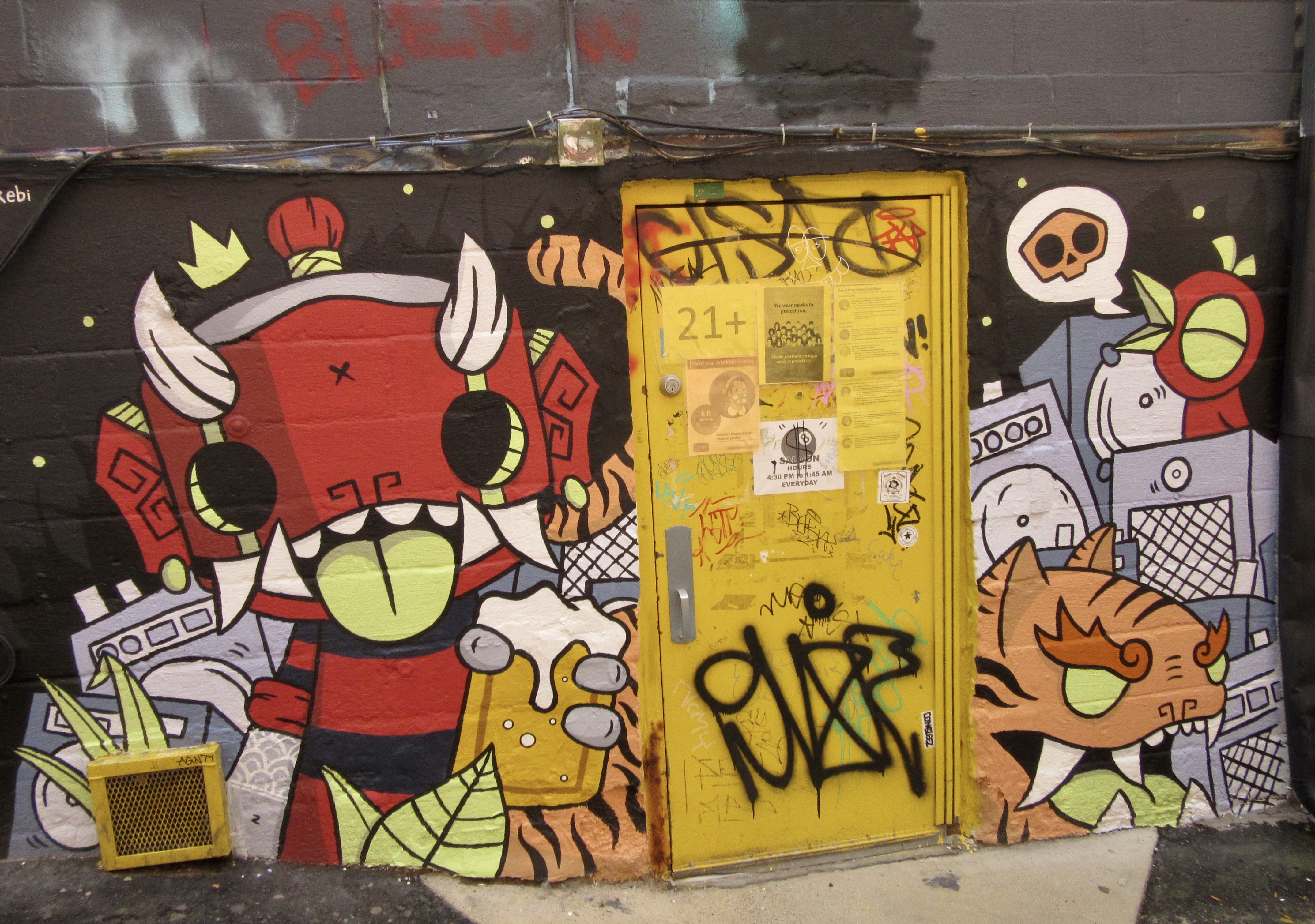
Year:
2020
Copyright
Creative Commons (Attribution, Non-Commercial, Share-alike)
Mural, North Wall of the Blind Pig (and 8 Ball Saloon), 200 S First St, October 3, 2020 Photographer: Steve Jensen
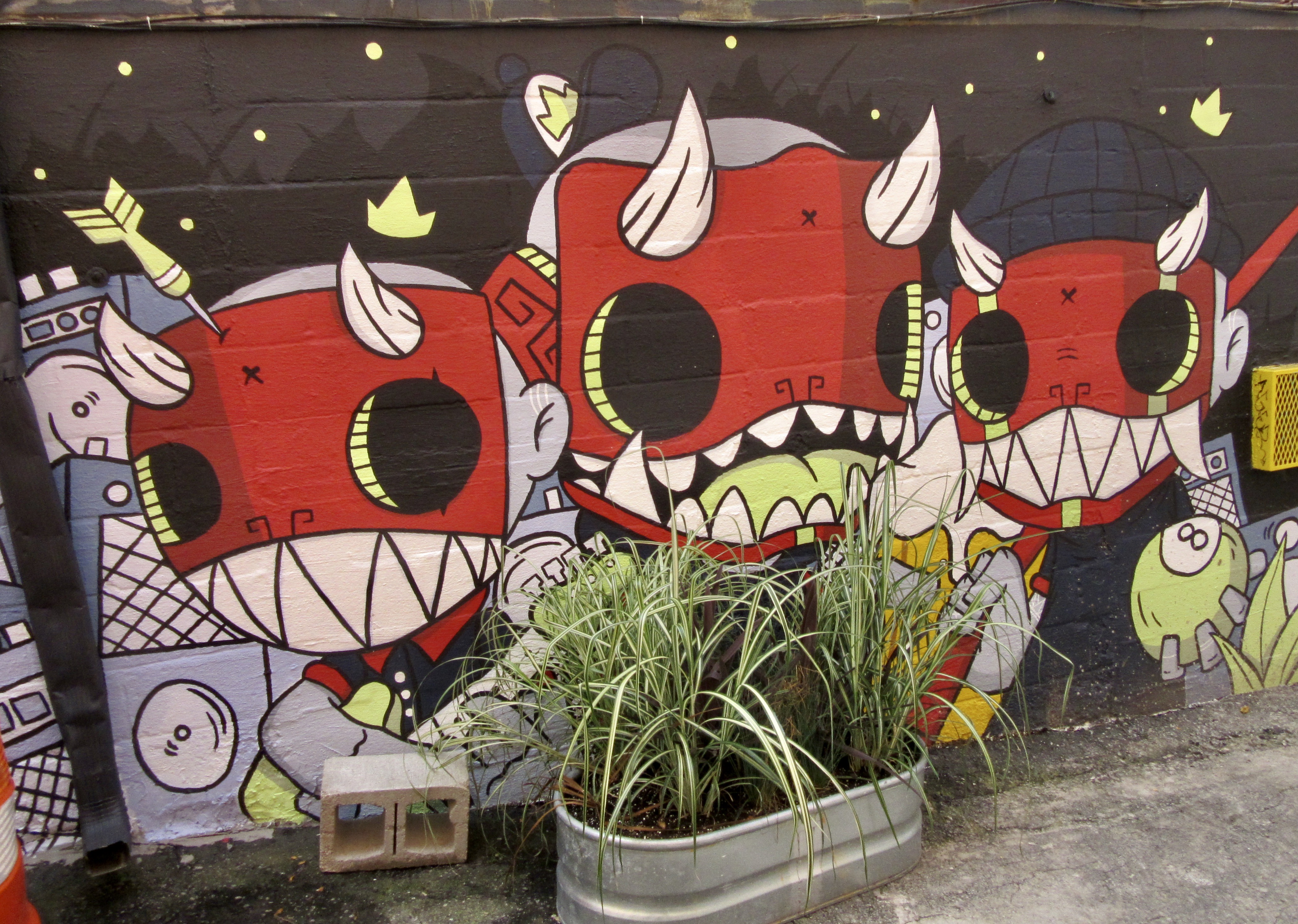
Year:
2020
Copyright
Creative Commons (Attribution, Non-Commercial, Share-alike)
The Blind Pig, Detail, 208 S First St, January 9, 2021 Photographer: Steve Jensen

Year:
2021
Copyright
Creative Commons (Attribution, Non-Commercial, Share-alike)
- Read more about The Blind Pig, Detail, 208 S First St, January 9, 2021
- Log in or register to post comments
Blind Pig, 208 S First St, January 9, 2021 Photographer: Steve Jensen
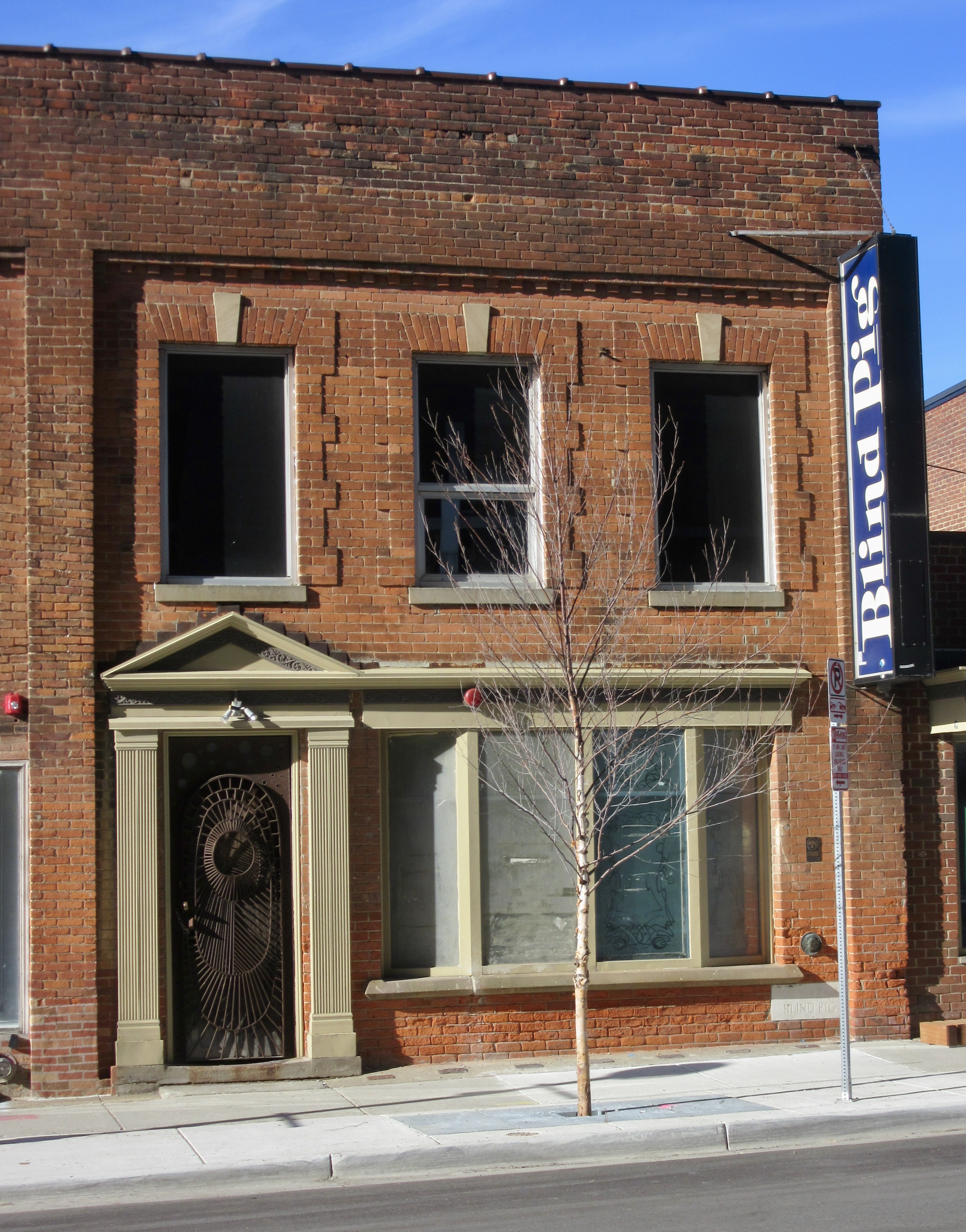
Year:
2021
Copyright
Creative Commons (Attribution, Non-Commercial, Share-alike)
- Read more about Blind Pig, 208 S First St, January 9, 2021
- Log in or register to post comments